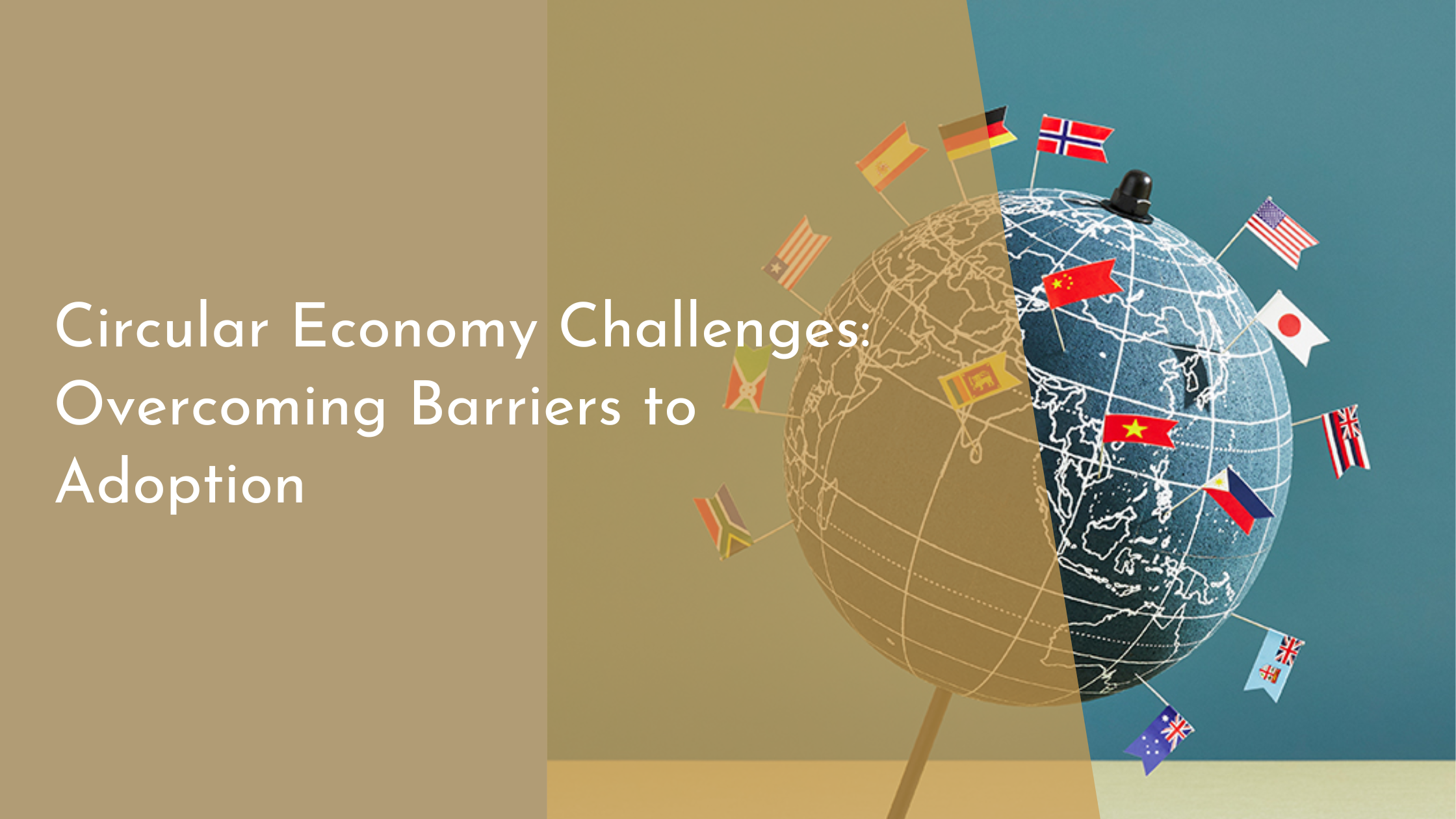Circular Economy Challenges: Overcoming Barriers to Adoption
The circular economy is revolutionizing the way we think about production, consumption, and sustainability. By shifting away from the traditional linear economy model—take, make, dispose—towards a regenerative approach, the circular economy aims to minimize waste and make the most of resources. Despite its promising framework, the transition to a circular economy faces numerous challenges. This article delves into the key barriers to adoption, explores innovative solutions to these challenges, and discusses strategies to encourage wider participation. Join us as we explore how to propel the circular economy from concept to reality.
Understanding the Circular Economy Concept
The circular economy is an economic system aimed at eliminating waste and the continual use of resources. It is designed to redefine growth, focusing on positive society-wide benefits. The concept is rooted in three principles: designing out waste and pollution, keeping products and materials in use, and regenerating natural systems. Unlike the linear economy, which follows a ‘take, make, dispose’ pattern, the circular economy seeks to create closed-loop systems where materials are reused, repaired, and recycled, thus extending the lifecycle of products.
In recent years, the circular economy has gained traction as a viable solution to environmental degradation and resource scarcity. It encourages innovation not only in product design but also in business models, consumption practices, and policy frameworks. The transition to a circular economy requires systemic change and collaboration across all sectors of society. Understanding its principles and potential benefits is the first step in overcoming the challenges that hinder its widespread adoption.
Identifying Key Barriers to Adoption
Despite the appealing prospects of the circular economy, several barriers have slowed its adoption. One significant challenge is the lack of awareness and understanding among consumers and businesses. Many are unfamiliar with the concept and its benefits, leading to resistance or hesitation in changing established practices. Moreover, the initial cost of transitioning to circular models can be daunting for businesses, especially small and medium enterprises, which may lack the resources to invest in innovative technologies or redesign their products.
Another major barrier is the existing regulatory and policy environment, which often favors linear economic practices. Policies and regulations that promote resource extraction and disposal can make circular practices less competitive. Furthermore, the absence of standardized metrics for measuring circularity impedes progress, as businesses struggle to assess the impact of their circular initiatives. Addressing these barriers requires a concerted effort to create an enabling environment that supports circular innovation and investment.
Innovative Solutions to Common Challenges
To overcome the obstacles of adopting a circular economy, businesses and governments are developing innovative solutions. One promising approach is the development of collaborative platforms that foster knowledge sharing and partnerships. These platforms allow businesses to connect with recyclers, designers, and other stakeholders to develop circular supply chains and explore new business models. Additionally, innovations in digital technologies, such as blockchain and the Internet of Things, offer ways to track materials and resources throughout the lifecycle, enhancing transparency and accountability.
The advancement of product-as-a-service models is another innovative solution addressing these challenges. By shifting from ownership to access, companies can retain control over their products, thus ensuring they are returned, refurbished, and reused. This model not only reduces waste but also opens up new revenue streams. Governments and organizations are also experimenting with new financial instruments, such as green bonds and impact investing, to fund circular economy projects and incentivize sustainable practices.
Strategies for Encouraging Wider Participation
To encourage broader participation in the circular economy, education and awareness campaigns are essential. By increasing understanding of the benefits and principles of the circular economy, consumers and businesses can be motivated to embrace sustainable practices. Workshops, seminars, and public campaigns can be effective in changing mindsets and building a community of circular economy advocates. Additionally, integrating circular economy concepts into school curricula can foster an early appreciation for sustainable practices among the younger generation.
Policy changes play a crucial role in stimulating participation. Governments can implement incentives, such as tax breaks or grants, for businesses that adopt circular practices. Regulations that mandate extended producer responsibility can also drive companies toward more sustainable product designs. By creating a supportive regulatory framework, governments can level the playing field and make circular practices more competitive. These strategies can lead to a more comprehensive shift towards a sustainable, circular economy.
The transition to a circular economy is not without its challenges, but with concerted efforts, these barriers can be overcome. By fostering innovation, creating supportive policies, and raising awareness about the benefits of a circular economy, we can create a more sustainable and resilient future. Embracing the circular economy requires collaboration across sectors and a willingness to rethink traditional economic models. As more businesses, governments, and individuals commit to this transformative approach, the potential for positive environmental and economic impacts will only continue to grow. Let’s work together to turn challenges into opportunities and create a thriving circular economy for generations to come.

